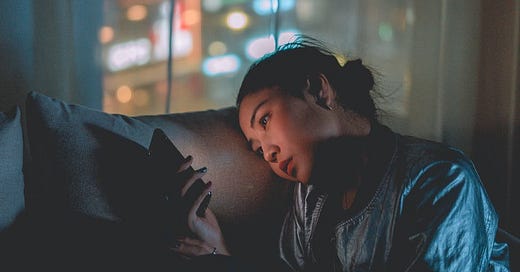A common critique of modern society is that we are atomized individuals spending too much time doom scrolling on smartphones and binge-watching television shows. We are less likely to have close friends and less likely to be involved in our local communities.
We are lonely.
The theories from a 19th-century sociologist can help us understand why we are so …
Keep reading with a 7-day free trial
Subscribe to The Neighborhood Sociologist to keep reading this post and get 7 days of free access to the full post archives.



